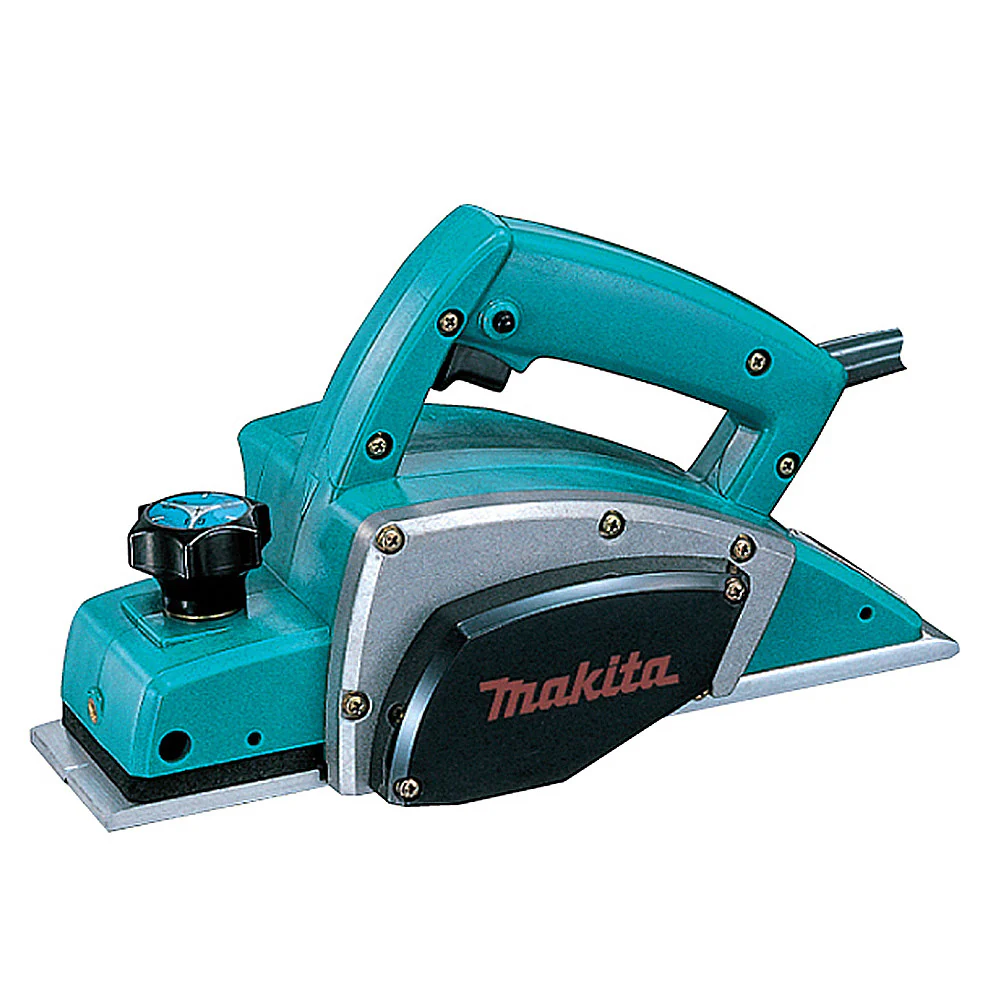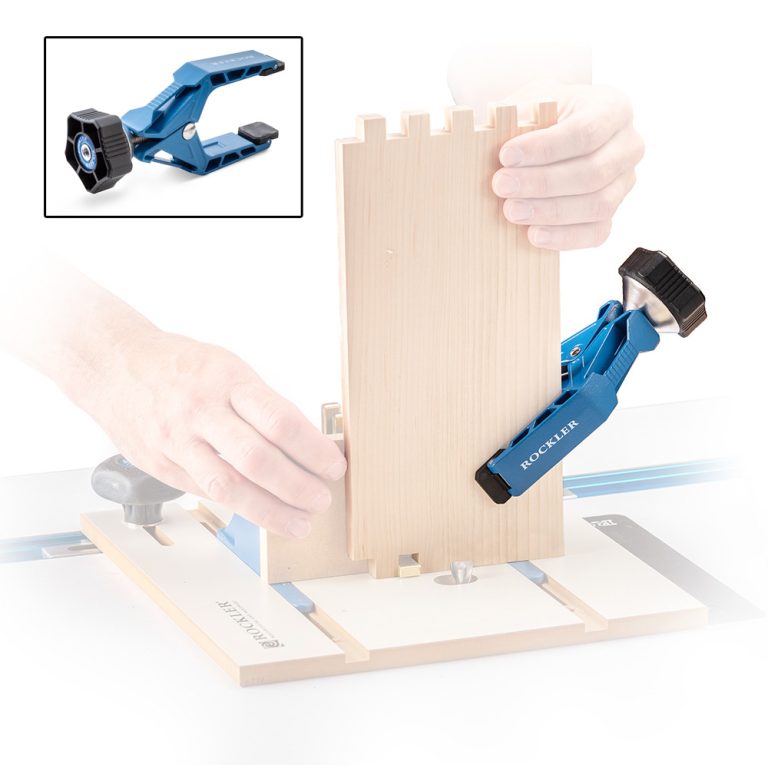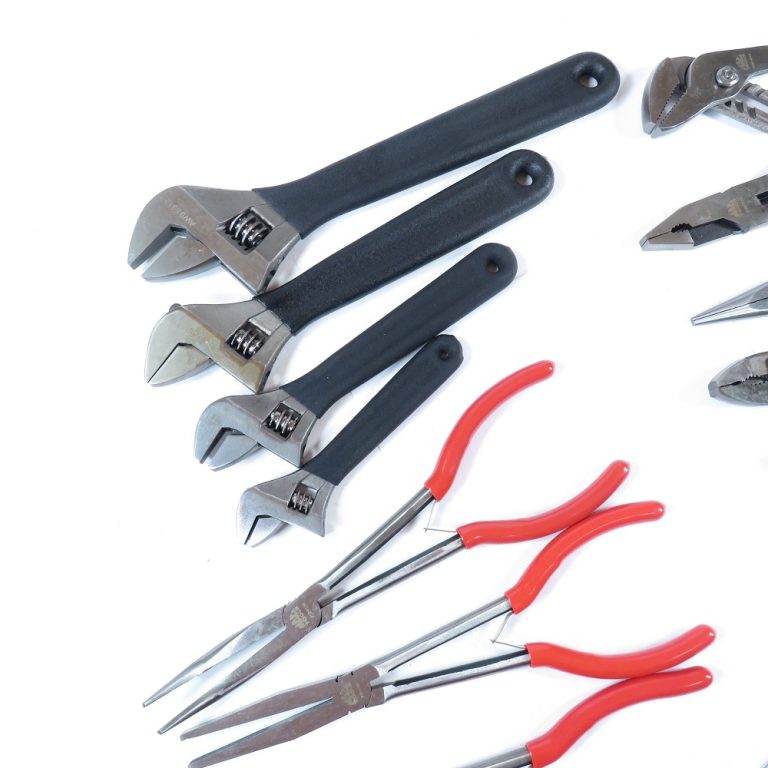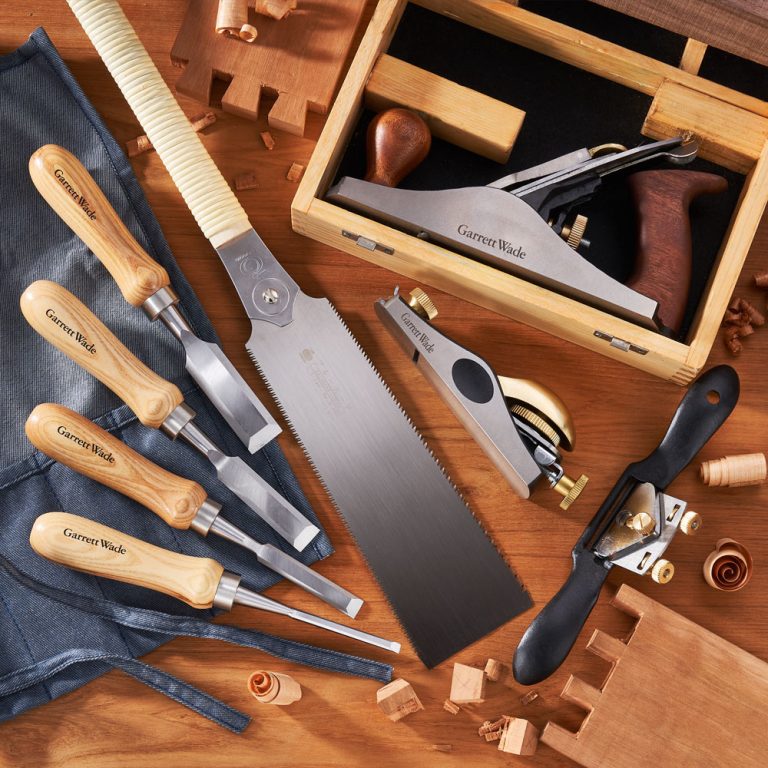Understanding the Planer: A Woodworker’s Essential Tool
Planer stand as indispensable tools in the world of woodworking, offering precision and efficiency in creating smooth, even surfaces. These versatile machines come in various types, each designed to meet specific woodworking needs. At its core, a planer’s primary function involves removing small amounts of material from a wooden board’s surface, resulting in a uniform thickness and a smooth finish. This process not only enhances the wood’s appearance but also prepares it for further woodworking tasks. Planers operate by feeding wood through a rotating cutterhead equipped with sharp blades.
As the wood passes through, the blades shave off thin layers, effectively reducing the board’s thickness and eliminating imperfections. Modern planers often feature adjustable cutting depths, allowing woodworkers to control the amount of material removed with each pass. Additionally, many planers incorporate dust collection systems to maintain a clean work environment. Understanding the basic principles of planer operation helps woodworkers choose the right tool for their projects and achieve optimal results in their woodworking endeavors.

Types of Planers: From Handheld to Industrial
Planers come in various forms, each suited to different woodworking needs and project scales. Handheld planers, also known as electric planers, offer portability and convenience for small-scale projects or on-site work. These compact tools allow users to smooth surfaces quickly and easily, making them ideal for door fitting, trimming, and general carpentry tasks. Benchtop planers, on the other hand, provide a stationary option for more consistent results. These machines typically handle wider boards and offer greater precision in thickness control. For professional woodworkers and larger workshops, floor-standing planers deliver higher capacity and power.
These heavy-duty machines can handle larger volumes of wood and often feature more advanced features for improved efficiency. Jointer-planer combination machines offer versatility by combining two essential woodworking functions in one tool. Specialized planers, such as wide belt sanders, cater to industrial-scale operations, providing high-volume production capabilities. Each type of planer has its advantages and limitations, and choosing the right one depends on factors such as project requirements, workshop space, and budget considerations.
Key Features to Consider When Choosing a Planer
Selecting the right planer involves evaluating several key features to ensure it meets specific woodworking needs. Cutting width and depth capacity stand as crucial factors, determining the size of boards the planer can accommodate. A wider cutting width allows for processing larger pieces of wood, while greater depth capacity enables more material removal in a single pass. Motor power plays a significant role in a planer’s performance, with higher horsepower generally translating to smoother operation and the ability to handle harder woods.
Feed rate, measured in feet per minute, affects the speed at which the planer processes wood. Adjustable feed rates offer flexibility for different wood types and desired finishes. The number and quality of cutter knives impact the smoothness of the finished surface, with more knives typically resulting in a finer finish. Dust collection features help maintain a clean work environment and improve visibility during operation. Some planers offer built-in dust chutes or ports for connecting to external dust collection systems. Adjustable infeed and outfeed tables provide support for longer boards, ensuring consistent results. Additionally, consider the planer’s noise level, especially for home workshops where sound reduction may be necessary.
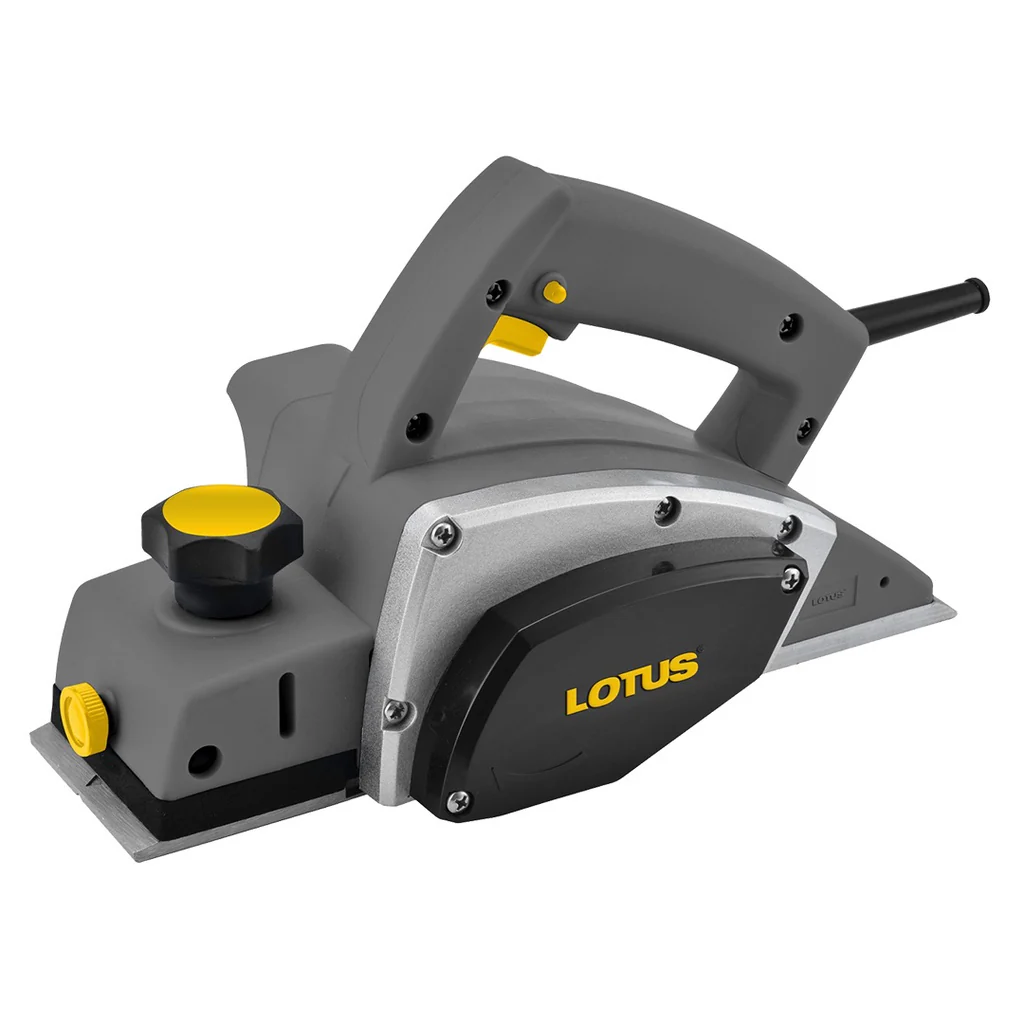
Planer Blades: The Heart of Smooth Operation
Planer blades play a crucial role in determining the quality of the finished product. These sharp, precision-engineered components come in various materials and designs, each offering unique benefits. High-speed steel (HSS) blades provide a cost-effective option with good durability for general woodworking tasks. For more demanding applications, carbide-tipped blades offer superior hardness and longer-lasting sharpness, albeit at a higher cost. Some planers feature reversible blades, allowing users to flip them over when one side dulls, effectively doubling their lifespan.
The number of blades on a cutterhead affects the smoothness of the cut, with more blades generally resulting in a finer finish. Spiral cutterheads, equipped with multiple small, square cutting inserts, have gained popularity for their quiet operation and ability to handle difficult grains. Proper maintenance of planer blades is essential for optimal performance. Regular cleaning and sharpening help extend blade life and ensure consistent results. Some woodworkers opt for disposable blades, which offer convenience by eliminating the need for sharpening. When replacing blades, proper alignment is crucial to achieve even cuts and prevent damage to the wood or the machine.
Planer Safety: Protecting Yourself and Your Workshop
Operating a planer requires strict adherence to safety protocols to prevent accidents and ensure a secure working environment. First and foremost, always wear appropriate personal protective equipment, including safety glasses, hearing protection, and a dust mask. Avoid loose clothing or jewelry that could get caught in the machine. Before starting the planer, inspect the wood for nails, screws, or other metal objects that could damage the blades or cause injury. Never force wood through the planer; let the machine’s feed mechanism do the work.
Keep hands away from the infeed and outfeed openings during operation. For smaller pieces, use push blocks or sticks to guide the wood safely through the planer. Regularly check and maintain the planer’s safety features, such as guard mechanisms and emergency stop buttons. Proper dust collection not only keeps the workspace clean but also reduces the risk of respiratory issues. When changing blades or performing maintenance, always disconnect the planer from its power source. Educate all users on proper planer operation and safety procedures. By following these safety guidelines, woodworkers can minimize risks and focus on producing high-quality work.
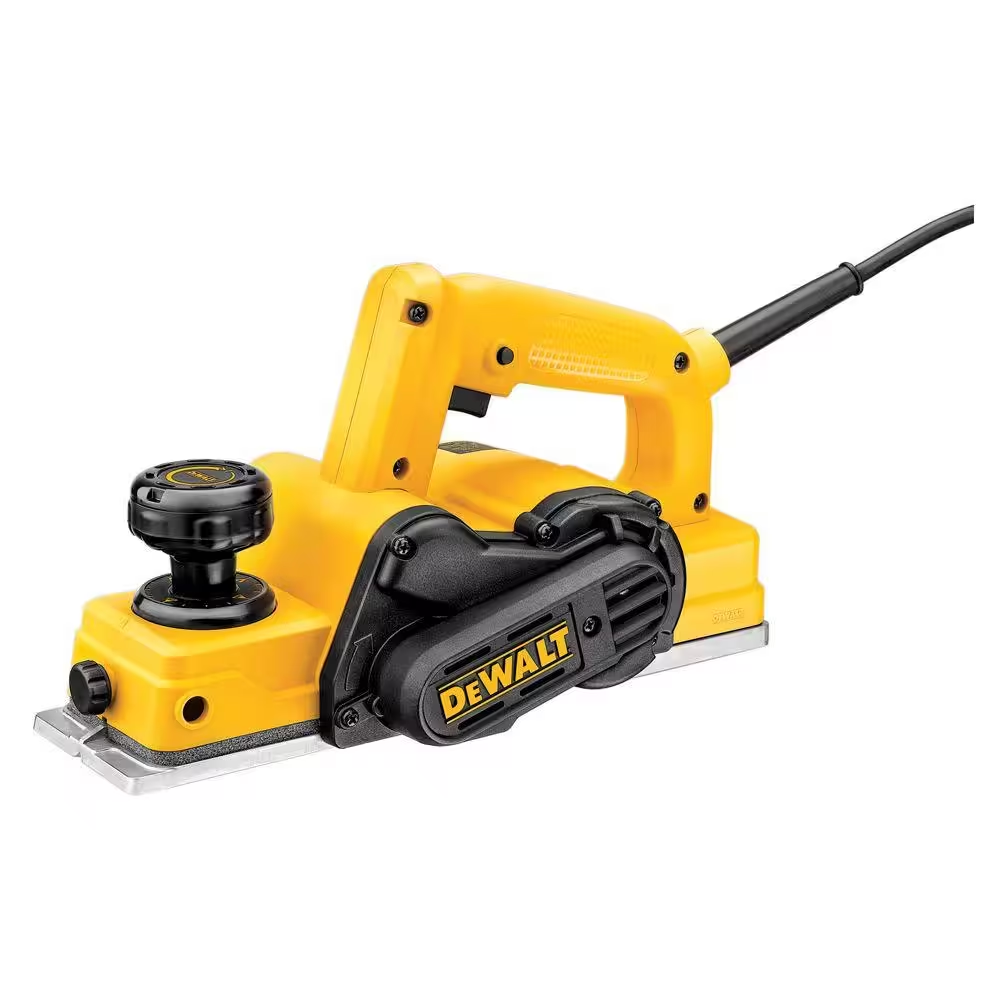
Planer Maintenance: Ensuring Longevity and Performance
Regular maintenance keeps planers operating at peak performance and extends their lifespan. Start by cleaning the machine after each use, removing wood chips and dust from all surfaces, especially around the cutterhead and feed rollers. Periodically lubricate moving parts according to the manufacturer’s recommendations to reduce wear and ensure smooth operation. Check the drive belts for proper tension and replace them if they show signs of wear or damage. Inspect the feed rollers regularly, cleaning off any built-up pitch or resin that could affect wood feeding.
Sharpen or replace planer blades as needed to maintain cut quality. Some planers feature easily adjustable blade systems, while others may require professional sharpening services. Keep the infeed and outfeed tables clean and waxed to allow smooth wood passage. Regularly check and tighten all bolts and screws to prevent vibration and maintain alignment. For planers with dust collection systems, clean or replace filters as necessary to maintain optimal suction. Store the planer in a dry environment to prevent rust and corrosion. By implementing a consistent maintenance routine, woodworkers can ensure their planer remains a reliable tool for years to come.
Advanced Planing Techniques: Beyond Basic Smoothing
While planers excel at creating smooth, even surfaces, they also offer possibilities for more advanced woodworking techniques. One such technique involves creating tapered boards by adjusting the infeed table or using a tapering jig. This method proves useful for crafting table legs or other components requiring a gradual thickness change. Another advanced application involves planing figured or curly woods. By taking lighter passes and adjusting the feed rate, woodworkers can minimize tear-out and achieve smooth surfaces on challenging grain patterns.
Some planers allow for slight angle adjustments, enabling the creation of chamfered edges or subtle bevels. Planer snipe, the slight dip at the beginning and end of a board, can be minimized or eliminated through proper technique and the use of auxiliary bed extensions. For craftsmen working with reclaimed wood, planers can reveal hidden grain patterns and colors beneath weathered surfaces. By experimenting with different feed rates and cut depths, woodworkers can achieve various surface textures, from glass-smooth to subtly rippled. These advanced techniques expand the planer’s versatility, transforming it from a simple smoothing tool into a device capable of adding unique character to woodworking projects.
Troubleshooting Common Planer Issues
Even well-maintained planers can occasionally encounter issues that affect their performance. One common problem is snipe, where the planer cuts more deeply at the board’s ends. This can often be mitigated by supporting long boards with roller stands or by slightly lifting the board’s ends as they enter and exit the planer. Tear-out, especially on woods with difficult grain patterns, can be reduced by taking lighter passes or adjusting the feed rate. If the planer leaves ridges or lines on the wood surface, it may indicate dull or damaged blades that require sharpening or replacement.
Uneven cutting across the board’s width might suggest misaligned blades or an uneven feed roller pressure. In such cases, recalibrating the planer or adjusting the roller tension can resolve the issue. Excessive noise or vibration during operation could signal loose parts, worn bearings, or damaged belts. Regular inspection and maintenance can prevent many of these issues from developing. For planers with built-in dust collection, poor suction might indicate a clogged port or full collection bag. By identifying and addressing these common issues promptly, woodworkers can maintain their planer’s optimal performance and ensure consistent, high-quality results.

Environmental Considerations in Planer Use
As sustainability becomes increasingly important in woodworking, considering the environmental impact of planer use is crucial. One significant aspect involves dust management. Proper dust collection not only maintains a clean workspace but also prevents fine wood particles from entering the air and potentially harming respiratory health. Many modern planers feature efficient dust collection systems or ports for connecting to external collectors. Additionally, choosing sustainably sourced wood for planing helps reduce the environmental footprint of woodworking projects.
Some woodworkers opt for reclaimed or salvaged wood, giving new life to materials that might otherwise go to waste. The choice of planer blades can also have environmental implications. Longer-lasting carbide blades, while initially more expensive, may prove more eco-friendly in the long run by reducing the frequency of replacements. When disposing of old blades or worn planer parts, look for recycling options to minimize landfill waste. Consider the energy efficiency of the planer, especially for frequent use. Some models offer features like automatic shut-off when not in use, helping to conserve energy. By being mindful of these environmental factors, woodworkers can enjoy their craft while minimizing their impact on the planet.
The Future of Planer Technology
The world of planers continues to evolve, with new technologies enhancing their capabilities and ease of use. One emerging trend involves the integration of digital displays and controls, allowing for more precise thickness adjustments and real-time feedback during operation. Some manufacturers are exploring the use of helical cutterheads with replaceable carbide inserts, offering quieter operation and longer periods between blade changes. Advancements in motor technology promise more powerful yet energy-efficient planers. The development of smart sensors could lead to planers that automatically adjust their settings based on wood type and grain direction, potentially reducing tear-out and improving overall finish quality.
Improved dust collection systems may incorporate cyclonic technology for more efficient particle separation. As sustainability concerns grow, future planers might feature components made from recycled materials or offer enhanced energy-saving modes. The integration of augmented reality (AR) technology could provide users with real-time guidance for maintenance tasks or optimal machine settings. While these advancements promise exciting possibilities, the core function of planers – creating smooth, even surfaces – remains central to their design. As technology progresses, planers will likely become more user-friendly, efficient, and capable of producing even higher quality results, further cementing their place as essential tools in the woodworking world.
